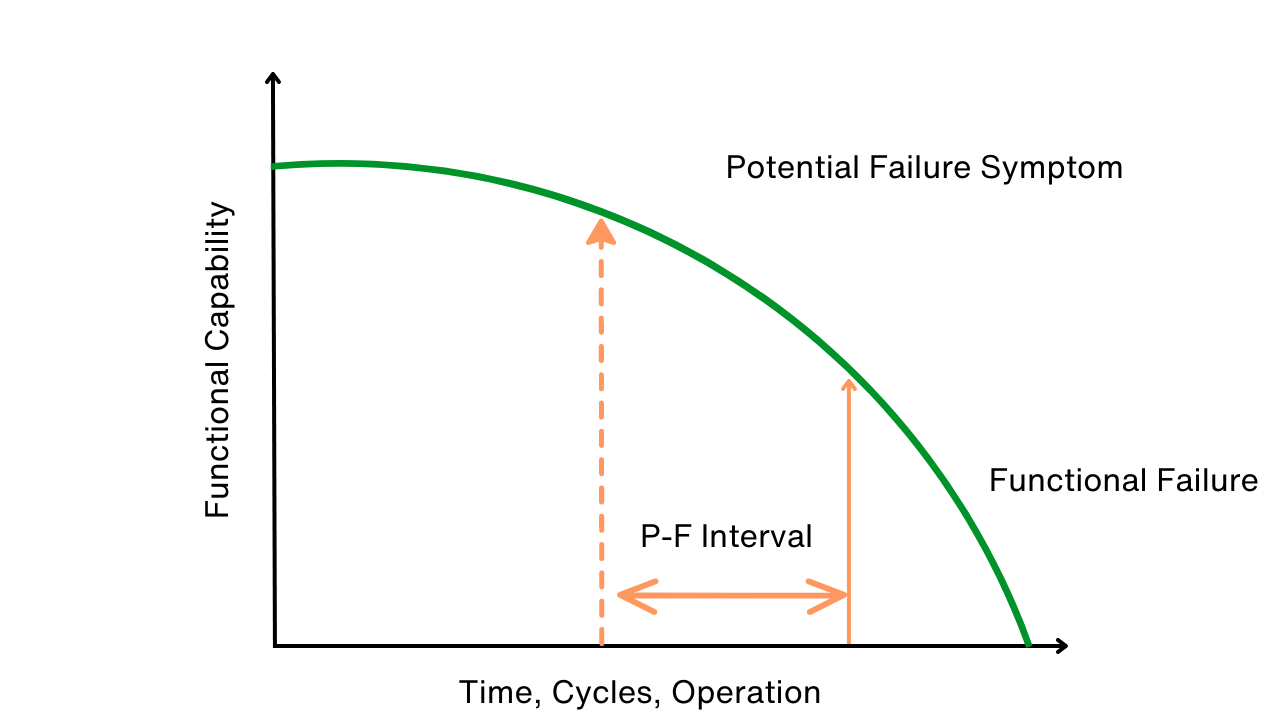What Do Your Preventive Maintenance Tasks Really Do For Your Asset Care Strategy?
Jeff Jones, As appeared in the June Edition of RxToday
Proper asset care is critical to ensure that equipment is available to meet production schedules, support process flows and comply with environmental, health, safety, and regulatory requirements. Asset care is the execution of the most cost effective control strategy to address the predominant failure modes of that particular asset with its operating envelope. The intent of an asset care strategy is to provide the required asset utilization at the lowest life cycle cost while also ensuring the asset makes it to the budgeted end of life. This care could be an operator care task, a predictive technology, a preventive maintenance task or job plan, and even doing nothing at all (run to failure). The asset care strategy is an output of an engineered system that includes a business process, RASI, and a properly configured management information system (Maximo, SAP, etc) to ensure sustainability of the strategy.
Unfortunately, most preventive maintenance tasks lack the detail that will provide quantitative data for equipment history, and they are written without considering failure modes. The solution is to practice Preventive Maintenance Optimization (PMO), using all aspects to write preventive maintenance procedure that are value added, comprehensive, repeatable, organized and specify a correct duration and interval of execution. Good preventive maintenance procedures will improve equipment reliability and increase predictability of failures.
Here are a few critical success factors to help you evaluate the preventive maintenance tasks in your current program:
- Value-Added: These tasks should include acceptance criteria and how to properly determine what is acceptable. Measures or meter points should also be used for collecting data that can be trended to determine when condition-based maintenance is required. The result will be the longest useful life at the lowest operating costs. Personnel should see the value in the task, which in turn will increase the likelihood of it being effectively and consistently performed.
- Comprehensive: PM Tasks must include periodic calibration of critical components to ensure that the entire system is consistently maintained in near perfect calibration. They also should include periodic adjustment of clearances, drive belts tension and other power transmission and operation components. Many system components are comprised of belts, gaskets, etc. that have a finite life and the preventive maintenance tasks must include periodic replacement of these components.
- Repeatable: PM tasks are written so various maintenance technicians are likely to perform the tasks in the same way with the same results. Task definitions must be complete and provide enough details to assure effective performance of the tasks. Tasks should be effectively organized to permit easy identification and use by the technicians. They should include sufficient disassembly and reassembly instructions and could even include drawings, pictures or other visual aids to effectively perform the tasks.
- Organized: PM activities consist of multiple tasks that must be performed as expeditiously as possible to minimize downtime. Therefore, all preventive maintenance tasks must be organized into a logical sequence that facilitates effective and efficient execution of the required tasks. In addition, all supporting data, e.g. the task lists, drawings, specification sheets, etc. must also be organized to exactly match the tasks to be performed.
- Duration: PM tasks should have the correct mean-time-to-perform. The specific time intervals are provided for each task with the time intervals verified by direct observation of the supervisor and updated as part of the planning and scheduling process. Having sufficient supervision consistently present during preventive maintenance tasks will ensure that allotted time is used effectively and that tasks are completed successfully.
- Interval: The frequency of the task should be consistent with the Original Equipment Manufacturer’s (OEMs) recommendation until the likelihood of occurrence of the failure mode the task is addressing is better understood from reviewing work order history or industry data. The correct interval will be reflected in the analysis of breakdown, trouble-call, and correct maintenance historical data.
Once you have all the above aspects covered in your preventive maintenance tasks, your asset care strategy will have the infrastructure in place to support the relentless pursuit of continuous improvement. This in turn will provide the highest asset utilization at the lowest total cost of ownership through improved equipment uptime, increased production output, and decreased labor and material costs. Conversely, if you find that most of your preventive maintenance tasks do not hold up to this scrutiny, then consider an evaluation of the business processes, RASIs, and management information systems that support asset care in your operation.
Jeff Jones is a Reliability Technician and Master Training Specialist with Life Cycle Engineering. Jeff has more than 23 years of maintenance and reliability experience. His expertise is in boilers and associated equipment, HVAC systems, hydraulics, compressed air, and other mechanical distributive systems. Jeff also has had extensive experience in mechanical integrity programs, rotating equipment, hierarchy development, criticality analysis, Simplified Failure Modes and Effects Analysis (SFMEA), equipment maintenance plans, and job plan development and optimization. You can reach Jeff at [email protected].
Related Articles

Use P-F Intervals to Map, Avert Failures

The RCM Trap

Can You Really Justify Reliability Centered Maintenance (RCM)?

Design for Maintainability





